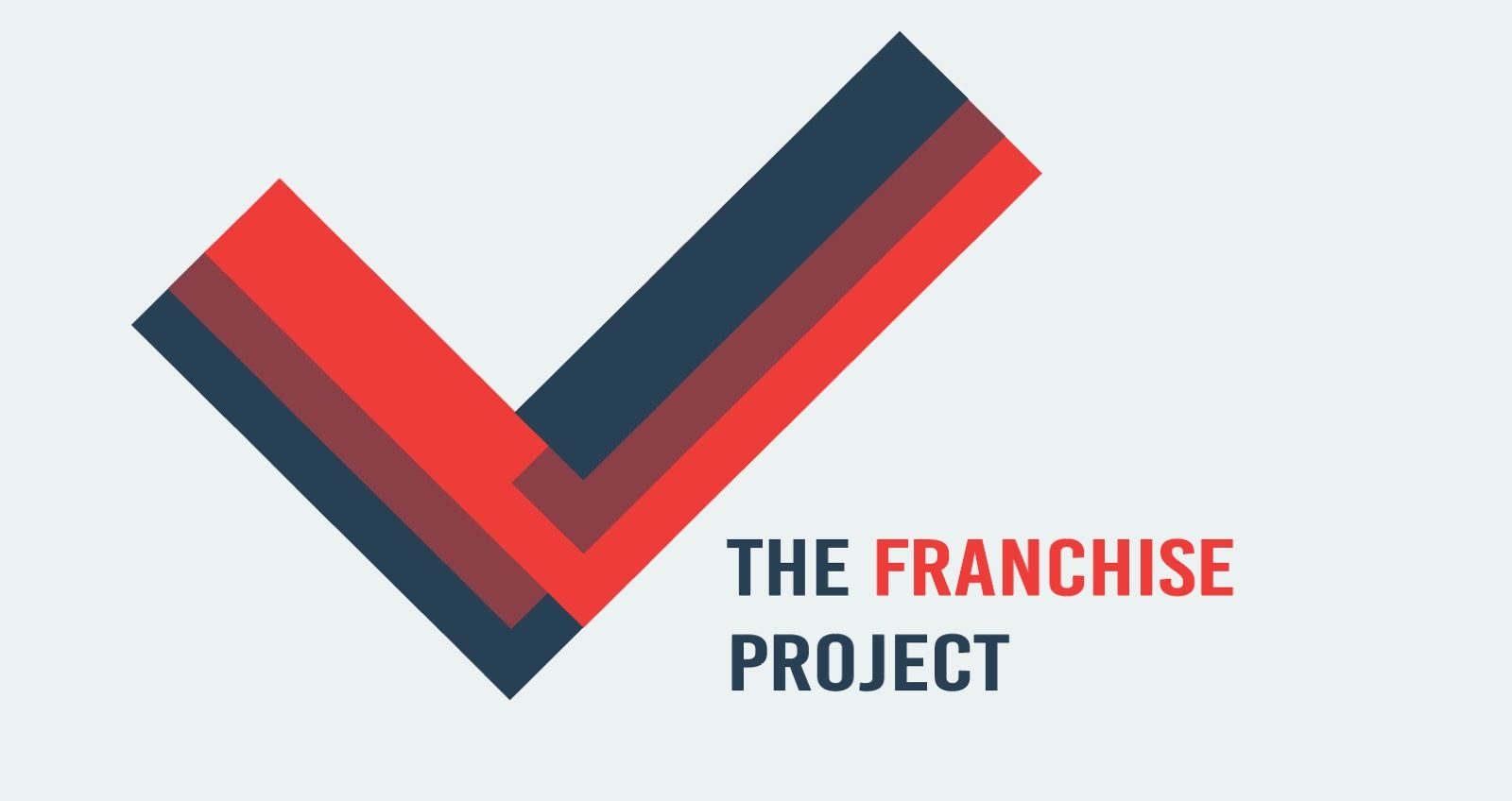Photo ID laws are unnecessary, malicious barriers to voting that prevent citizens from exercising their right to vote. Sustained efforts to prevent more photo ID laws, and repeal those in place, are crucial to ensure that every citizen has the right to vote.
To fully protect each citizen’s right to vote, it is necessary to understand the complexity and variety of photo ID laws and the ways that they work to disenfranchise voters. Photo ID laws succeed not just because they disqualify those without certain forms of identification. They also create an atmosphere of uncertainty, complexity, and fear among eligible voters, leading many to stay home instead of participating in the democratic process.
In order to ensure that all citizens have the opportunity to exercise their right to vote, both actual, legal barriers to voting and intangible factors that make the electoral process intimidating must be eliminated. In many states with photo ID laws, citizens can vote without a photo ID if they prove or swear to their identity. This process can be as simple as signing an affidavit swearing to your identity. Ensuring that voters are aware of these options helps to demystify the voting process and reassures voters that they can exercise their right to vote without fear.
Here’s how you can help to make sure that all voters can exercise their right to vote:
Learn more about the voting process in your state
Check out The Franchise Project’s Voting Access Scorecard and this helpful guide from the National Conference of State Legislature to see if your state has a photo ID law and learn what alternatives exist for confirming one’s identity. You can also check your state’s election administrator website; check out this 50-state resource to learn more.
Spread the word to others
Photo ID awareness campaigns or voter registration efforts offer good opportunities to educate voters on the affidavit process. Include this information in your own voter outreach efforts, or work with local organizations and media outlets to ensure that their own election outreach efforts makes all options known.
Affidavits and other alternative means of verifying one’s identity can be confusing to poll workers, who can be underprepared for their role. Contact local or state government agencies to encourage them to emphasize all acceptable means of identification in trainings, or volunteer to serve as a poll worker (learn more here). Or, volunteer as a poll observer or work with an organization that trains poll observers to be sure that they are well aware of the affidavit process.
Help provide resources for follow-up
In many states, an individual can vote without a photo ID if they simply sign an affidavit or take an oath attesting to their identity. Others ask for verification of addresses or other information. But, not all states’ voting processes end on Election Day. In a number of states, ID-less voters can vote using a provisional ballot on Election Day, but their ballot will only be counted if they can provide a photo ID to election officials within a certain number of days after the election.
If your state requires follow-up actions, it is important to prepare, assist, and remind voters to comply with these requirements. This includes ensuring that voters know what forms of identification are acceptable; that voters know whether they can mail or email a copy of their ID or if they must present it in person; and that voters have access to necessary technology or transportation to present their ID and confirm their ballot. Work with organizations who provide transportation to voters on Election Day to make assistance available for voters who need to confirm their provisional ballots.
